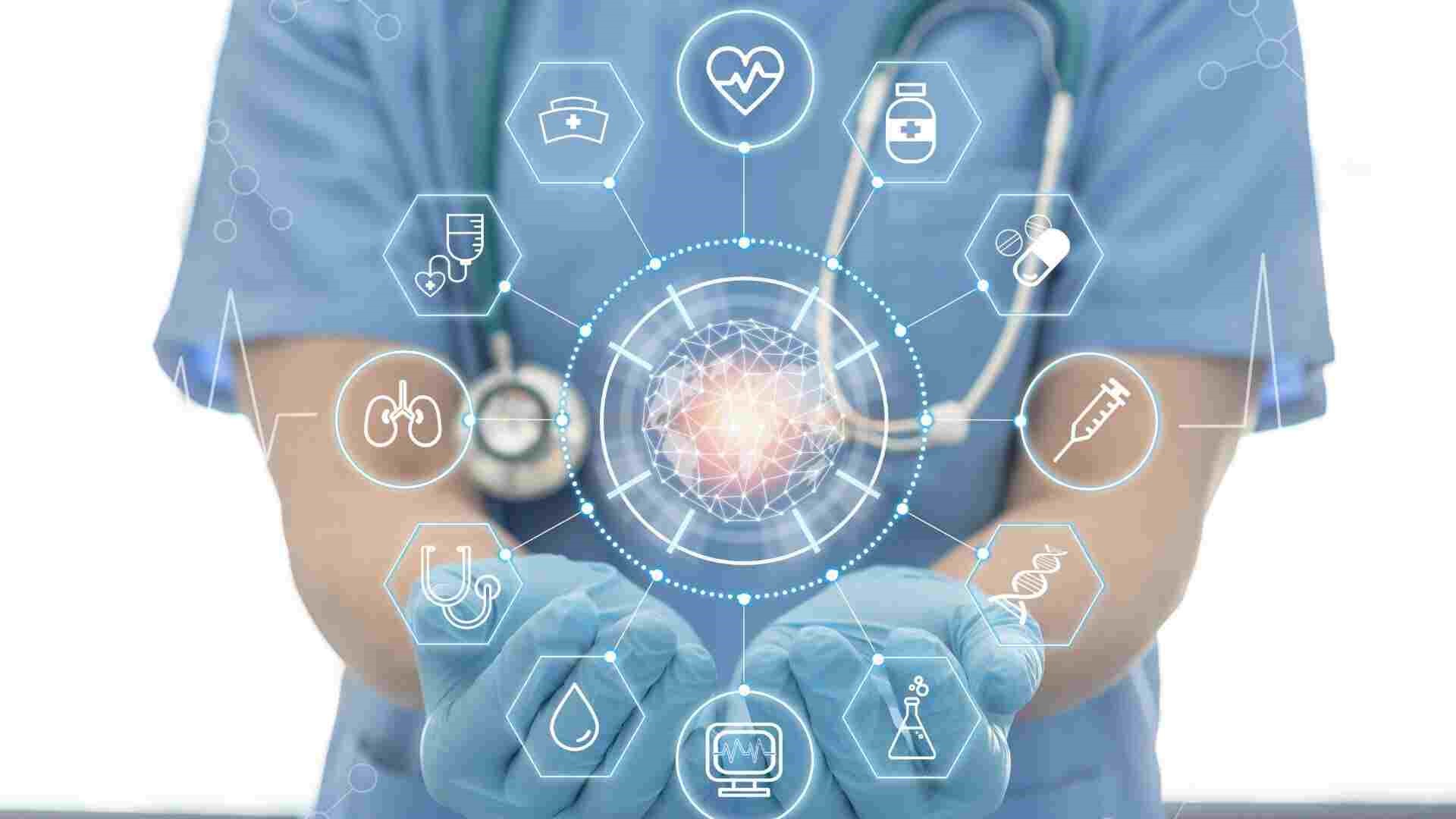Public health surveillance is a cornerstone of modern healthcare systems, integral in monitoring and controlling the spread of diseases, assessing public health interventions, and informing policy decisions. With the advent of Artificial Intelligence (AI), the realm of public health surveillance is undergoing a transformative shift. AI’s capabilities in data analysis, pattern recognition, and predictive modeling
Public health surveillance is a cornerstone of modern healthcare systems, integral in monitoring and controlling the spread of diseases, assessing public health interventions, and informing policy decisions. With the advent of Artificial Intelligence (AI), the realm of public health surveillance is undergoing a transformative shift. AI’s capabilities in data analysis, pattern recognition, and predictive modeling are revolutionizing how health data is collected, analyzed, and utilized, ultimately enhancing the efficacy and responsiveness of public health systems.
Understanding Public Health Surveillance
Public health surveillance involves the continuous, systematic collection, analysis, and interpretation of health-related data essential to planning, implementing, and evaluating public health practices. Traditional methods rely heavily on manual data collection and analysis, which can be time-consuming and prone to errors. The integration of AI into public health surveillance offers a promising solution to these limitations.
The Integration of AI in Public Health Surveillance
AI encompasses a range of technologies, including machine learning, natural language processing, and computer vision, which can be harnessed to improve various aspects of public health surveillance.
1. Data Collection and Integration
AI can significantly enhance the efficiency and accuracy of data collection. Traditional surveillance systems often rely on data from healthcare facilities, laboratories, and surveys, which may be delayed or incomplete. AI can automate the extraction of data from diverse sources, including electronic health records (EHRs), social media, and wearable devices, providing real-time insights into public health trends.
For instance, natural language processing (NLP) algorithms can analyze vast amounts of unstructured data from social media platforms to detect early signs of disease outbreaks. By identifying keywords and patterns related to symptoms and illnesses, AI can provide early warnings of potential public health threats.
2. Data Analysis and Pattern Recognition
One of AI’s most powerful capabilities is its ability to analyze large datasets quickly and accurately. Machine learning algorithms can identify patterns and correlations in health data that may not be apparent through traditional analysis methods. This capability is particularly valuable in detecting outbreaks, understanding disease transmission dynamics, and identifying risk factors.
For example, AI models can analyze data from multiple sources, such as hospital admissions, laboratory results, and weather patterns, to predict the spread of infectious diseases. By recognizing patterns and trends, AI can help public health officials implement targeted interventions and allocate resources more effectively.
3. Predictive Modeling and Early Warning Systems
AI’s predictive modeling capabilities are transforming public health surveillance by enabling early detection and response to potential health threats. Predictive models can forecast the likelihood of disease outbreaks, the spread of infections, and the impact of public health interventions.
During the COVID-19 pandemic, AI-driven predictive models played a crucial role in forecasting the spread of the virus and informing public health strategies. These models used data on infection rates, mobility patterns, and social behavior to predict the trajectory of the pandemic and guide policy decisions.
4. Enhancing Disease Surveillance Systems
AI can enhance existing disease surveillance systems by automating routine tasks, improving data accuracy, and providing real-time insights. For example, AI-powered algorithms can analyze EHRs to identify cases of reportable diseases and automatically notify public health authorities. This automation reduces the burden on healthcare providers and ensures timely reporting of infectious diseases.
Furthermore, AI can improve the accuracy of disease classification and diagnosis. Machine learning algorithms can analyze medical images, laboratory results, and clinical notes to identify cases of specific diseases with high accuracy. This capability is particularly valuable in resource-limited settings where access to specialized diagnostic services may be limited.

Picture by: Yandex.com
Challenges and Considerations
While the integration of AI into public health surveillance offers significant benefits, it also presents several challenges and considerations.
1. Data Privacy and Security
The use of AI in public health surveillance involves the collection and analysis of large amounts of sensitive health data. Ensuring the privacy and security of this data is paramount. Robust data protection measures, including encryption, anonymization, and secure data storage, are essential to safeguard individuals’ privacy and maintain public trust.
2. Bias and Fairness
AI algorithms can inadvertently perpetuate biases present in the data they are trained on. Ensuring fairness and equity in AI-driven public health surveillance requires careful consideration of potential biases and their impact on different population groups. Transparent and inclusive approaches to AI development and deployment are essential to address these concerns.
3. Interoperability and Standardization
Integrating AI into public health surveillance systems requires interoperability and standardization of data formats and protocols. Collaboration between healthcare providers, public health authorities, and technology developers is crucial to establish common standards and ensure seamless data exchange.
4. Ethical and Legal Considerations
The use of AI in public health surveillance raises ethical and legal questions related to data ownership, consent, and accountability. Clear guidelines and regulations are needed to address these issues and ensure the responsible use of AI in public health.
Future Directions
The future of AI in public health surveillance is promising, with ongoing advancements in AI technologies and increasing availability of health data. Several key areas hold potential for further development:
1. Real-Time Surveillance and Response
Advances in AI and data analytics are paving the way for real-time public health surveillance systems. These systems can provide immediate insights into emerging health threats and enable rapid response and intervention.
2. Personalized Public Health Interventions
AI can enable personalized public health interventions by analyzing individual-level data and tailoring interventions to specific populations. This approach can improve the effectiveness of public health strategies and reduce health disparities.
3. Global Health Surveillance
AI has the potential to enhance global health surveillance by integrating data from multiple countries and regions. Collaborative efforts and data sharing can improve the detection and response to global health threats, such as pandemics and emerging infectious diseases.
Conclusion
The integration of AI into public health surveillance represents a significant advancement in the field of public health. AI’s capabilities in data collection, analysis, and predictive modeling are transforming how health data is utilized, enhancing the efficiency and responsiveness of public health systems. While challenges related to data privacy, bias, and interoperability must be addressed, the potential benefits of AI-driven public health surveillance are substantial. As AI technologies continue to evolve, they hold the promise of creating more resilient and effective public health systems, ultimately improving health outcomes for populations worldwide.
















